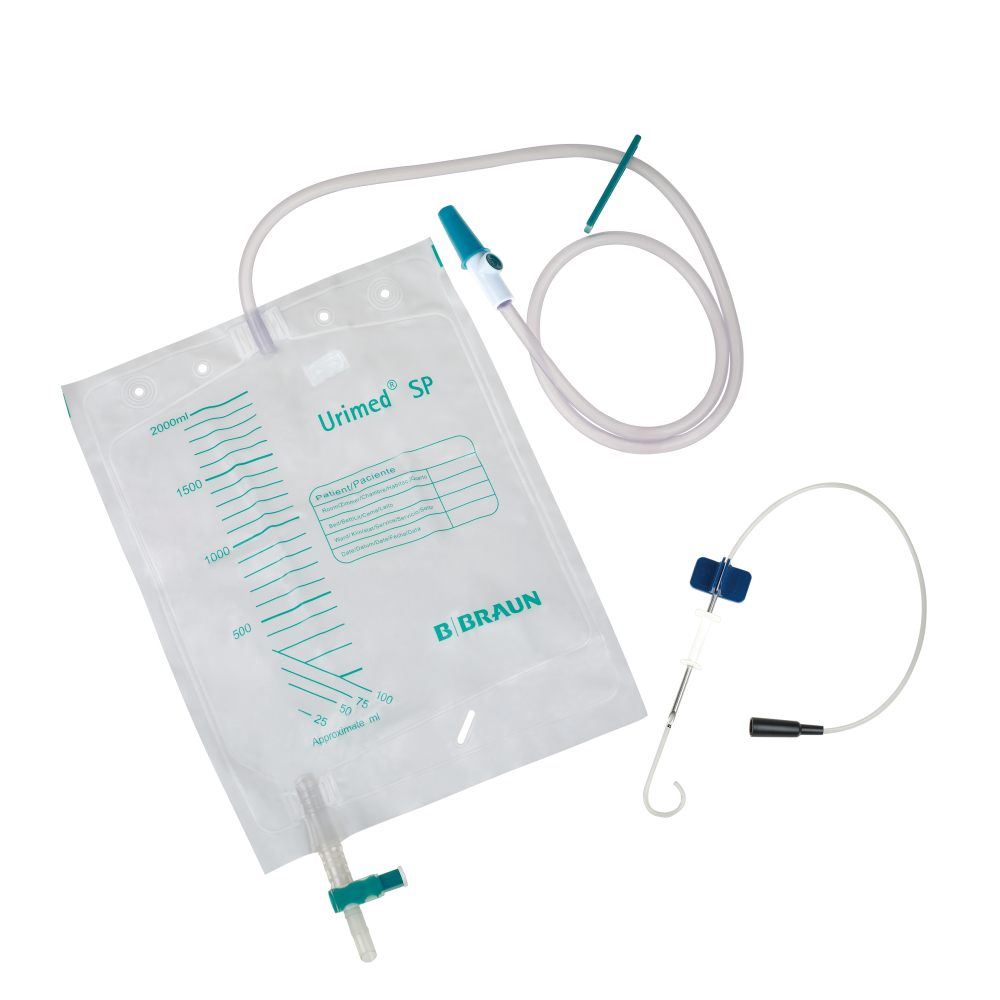
In most cases, laparotomy and suprapubic cystostomy are performed. Three weeks after the indwelling urethral catheter had been placed, the perforation was closed. Computed tomography and cystogram revealed experitoneal bladder perforation due to indwelling catheter. A 85-year-old man with an indwelling urethral catheter presented severe hematuria, abdominal pain with rebound tenderness and muscular tension over the suprapubic area after the exchange of the urethral catheter. Perforation of the bladder related to long-term indwelling urethral catheter is a rare and serious complication. Okuda, Hidenobu Tei, Norihide Shimizu, Kiyonori Imazu, Tetsuo Yoshimura, Kazuhiro Kiyohara, Hisakazu The application of the ureteral dilation catheter combined with, the balloon catheter under the ureteroscope is a good option for the treatment of male urethral stricture for its advantages of uncomplicatedness, safety, effectiveness, few complications, less pain, high success rate, and repeatable operation. Smooth urination was found in all the patients during the 6-24 months follow-up. The maximum urinary flow rate was (13.3-29.9) ml/s (mean ml/s) at the removal of the catheter and (15.2-30.8) ml/s (mean ml/s) at 3 months after it. All the operations were successfully performed without serious complications. After removal of the F18-F22 urethral catheter at 8 weeks, the urinary flow rate was measured immediately and again at 3 months. An F24 balloon catheter and then a metal urethral calibrator was used for the dilation of the strictured urethra. Again, the ureteroscope was used to determine the length of the strictured urethra, its distance to the external urethral orifice, and whether it was normally located. Under the ureteroscope, 45 male patients with urethral stricture received placement of a zebra guide wire through the strictured urethra into the bladder and then a ureteral dilation catheter along the guide wire, followed by dilation of the urethra from F8 initially to F14 and F16.

To investigate the clinical application of the ureteral dilation catheter combined with the balloon catheter under the ureteroscope in the treatment of urethral stricture in men. Zhou, Yi Li, Gong-hui Yan, Jia-jun Shen, Cong Tang, Gui-hang Xu, Gang Copyright © 2014 American Urological Association Education and Research, Inc. We no longer routinely offer suprapubic tube drainage with early urethral catheter removal at our institution. Patients randomized to suprapubic tube vs urethral catheter drainage for the week after prostatectomy had similar pain, catheter related bother and treatment related satisfaction in the perioperative period.
Cystofix wechsel trial#
Based on interim results the trial was terminated due to lack of effect. Complications during postoperative week 1 did not vary between the groups. Mean visual analog pain scale scores did not differ between the groups at any time point and a similar percent of patients cited the catheter as the greatest bother with nonsignificant differences in treatment related satisfaction.
Cystofix wechsel plus#
A total of 29 patients were randomized to the urethral catheter vs 29 to the suprapubic tube plus early urethral catheter removal at the time of interim futility analysis. Visual analog pain scale and satisfaction questionnaires were administered on postoperative days 0, 1 and 7. In patients assigned to suprapubic tube drainage the urethral catheter was removed on postoperative day 1 and all catheters were removed on postoperative day 7.

Block randomization by surgeon was used and randomization assignment was done after completing the urethrovesical anastomosis. Men with a body mass index of less than 40 kg/m(2) who had newly diagnosed prostate cancer and elected robot-assisted laparoscopic radical prostatectomy were included in analysis. In a randomized patient population we determined whether suprapubic tube drainage with early urethral catheter removal would improve postoperative pain compared with urethral catheter drainage alone. Retrospective single institution data suggest that postoperative pain after robot-assisted laparoscopic radical prostatectomy is decreased by early removal of the urethral catheter with suprapubic tube drainage.

Prasad, Sandip M Large, Michael C Patel, Amit R Famakinwa, Olufenwa Galocy, R Matthew Karrison, Theodore Shalhav, Arieh L Zagaja, Gregory P Early removal of urethral catheter with suprapubic tube drainage versus urethral catheter drainage alone after robot-assisted laparoscopic radical prostatectomy.


 0 kommentar(er)
0 kommentar(er)
